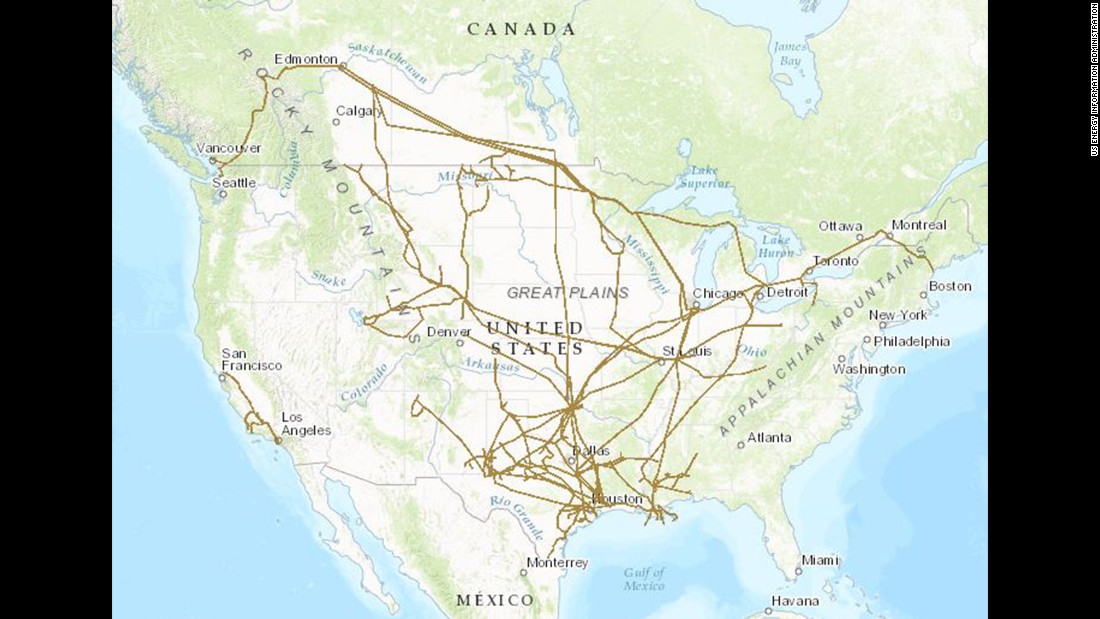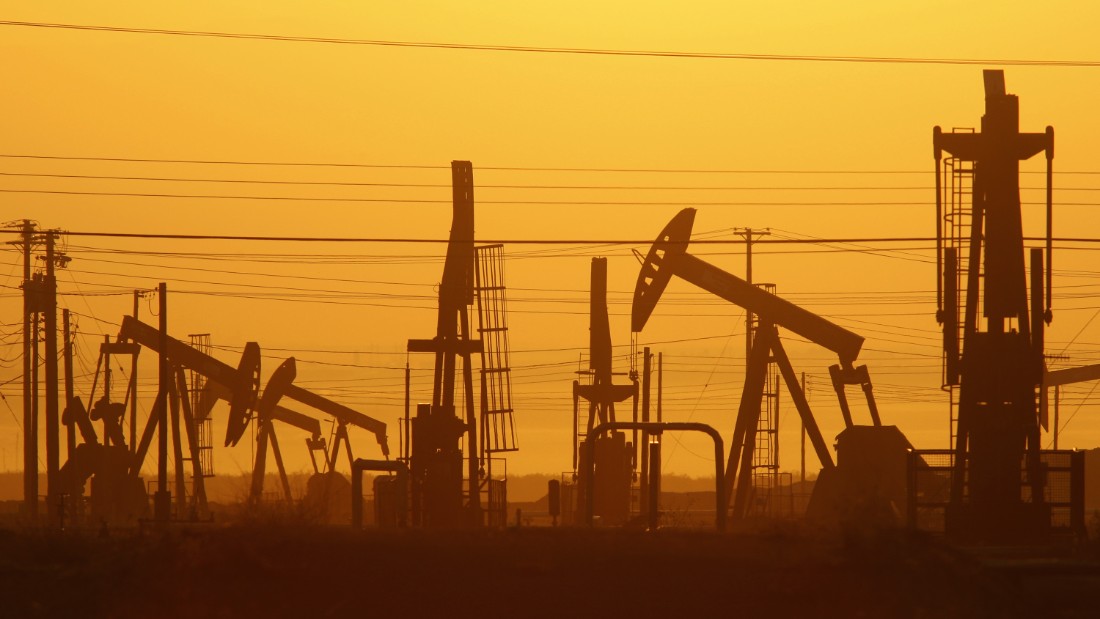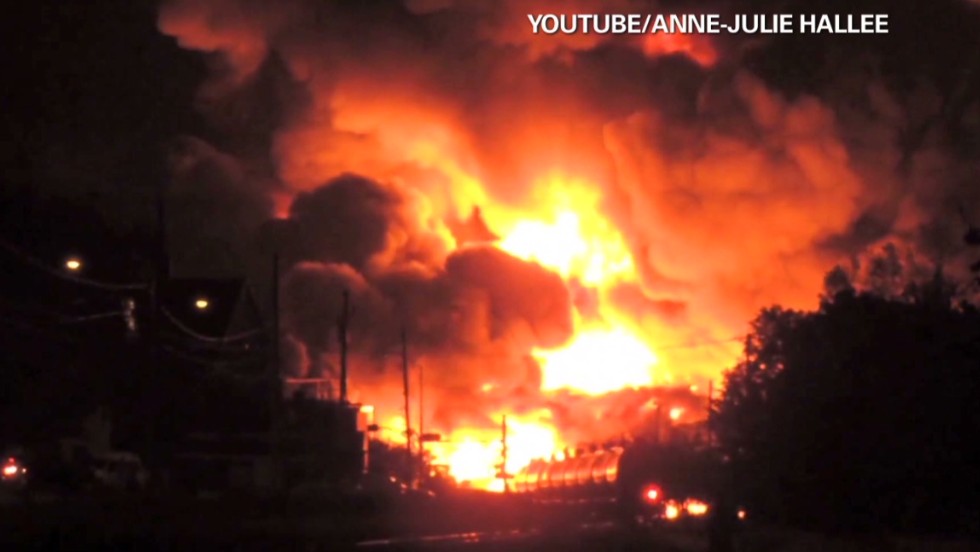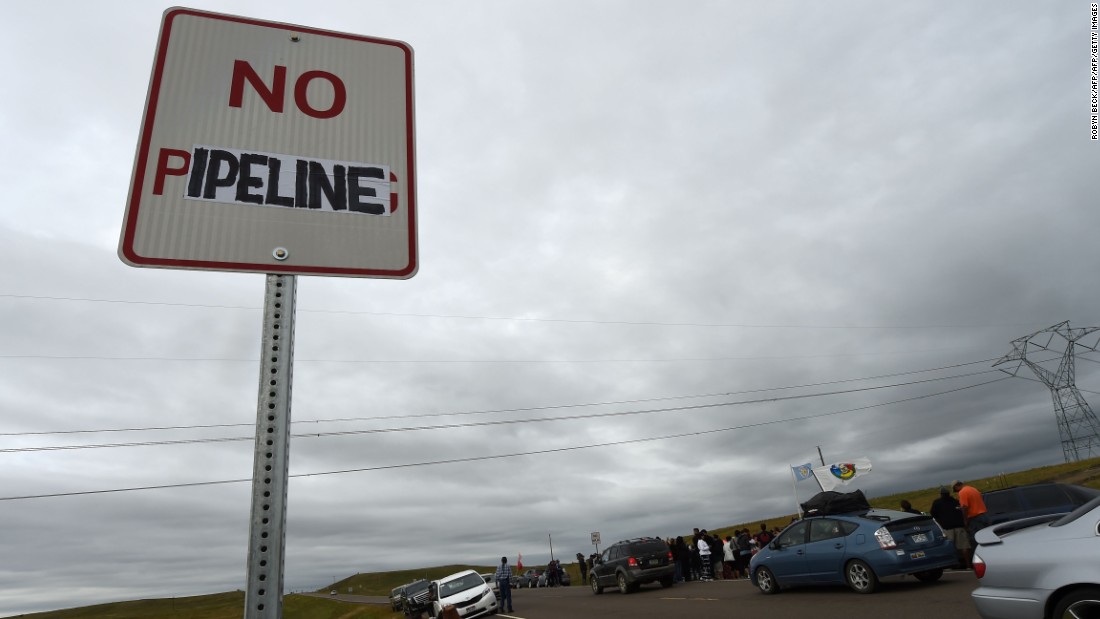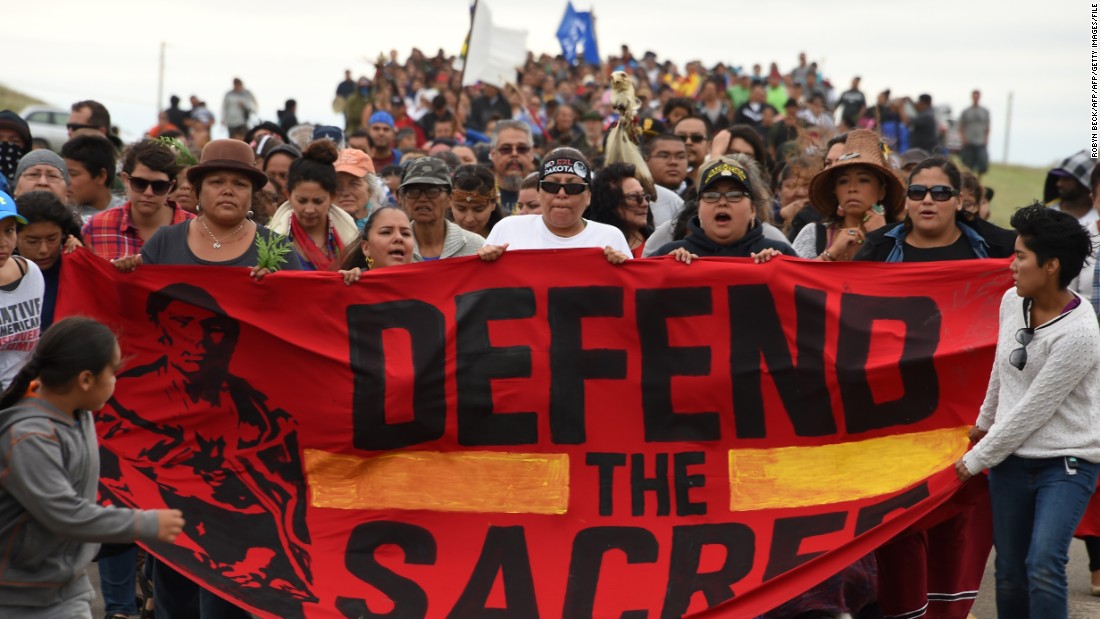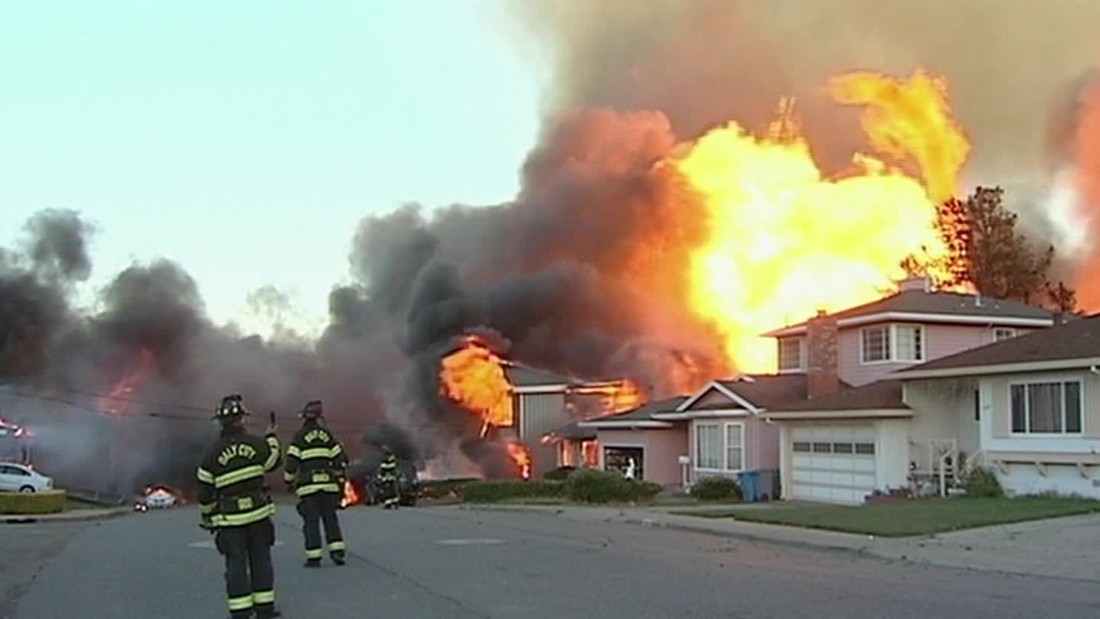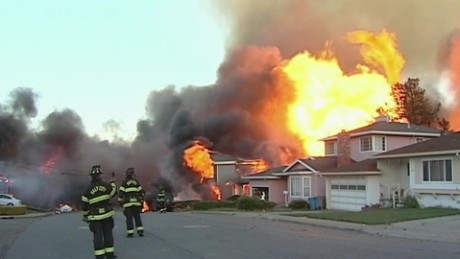Dakota Access Pipeline: What’s at stake?
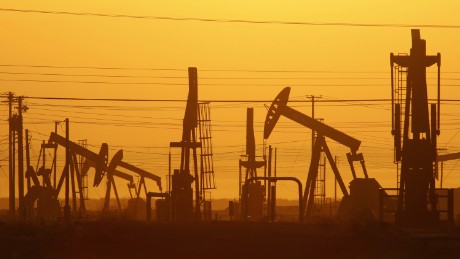 (CNN)It’s a $3.7 billion project that would cross four states and change the landscape of the US crude oil supply.
(CNN)It’s a $3.7 billion project that would cross four states and change the landscape of the US crude oil supply.
And depending on who you ask, the results could be an economic boon that makes the country more self-sufficient or an environmental disaster that destroys sacred Native American sites.
This week, a judge is expected to rule on the future of the Dakota Access Pipeline. Here’s what you need to know:
What is the Dakota Access Pipeline?
The 1,172-mile pipeline would stretch from the oil-rich Bakken Formation — a vast underground deposit where Montana and North Dakota meet Canada — southeast into South Dakota, Iowa and Illinois.
The oil potential in Bakken is massive. An estimated 7.4 billion barrels of undiscovered oil is believed to be in its US portion, according to the US Geological Survey.
After the pipeline is completed, it would shuttle 470,000 barrels of crude oil a day, according to developer Energy Access Partners. That’s more than 19.7 million gallons of crude oil a day — or enough to make 374.3 million gallons of gasoline per day.
From Illinois, the oil could go to markets and refineries across the Midwest, East Coast and Gulf Coast.
Who approved it?
Energy Transfer Partners said it has tried to steer the pipeline away from residential areas and has tried to reach voluntary deals with property owners “at a fair price.”
In Iowa, for example, the average market price for land ranges from $3,432 an acre in Van Buren County to $16,000 an acre in Sioux County, the developer said. ETP said more than $189 million has been paid to landowners.
But Archambault, the tribal chairman, said he thinks the Native Americans are getting short-changed once again.
“What we’re opposed to is paying for all the benefits that this country receives,” he said. Whenever there’s a benefit, whether it’s energy independence … whether it’s economic development, tribes pay the cost. And what we see now are tribes from all over sharing the same concern that we have, saying, ‘It’s enough now. Stop doing this to indigenous people. Stop doing this to our indigenous lands.'”
Read more: http://www.cnn.com/2016/09/07/us/dakota-access-pipeline-visual-guide/index.html
